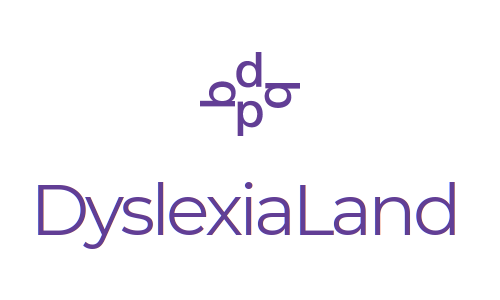Welcome to DyslexiaLand
Although it may be imaginatively named, DyslexiaLand is an all-too-real place where children live, learn and play. Millions of parents and their children with dyslexia travel this land. Most do so without preparation, an itinerary, or a guide.
And that’s a hard way to go.
Before embarking on a. trip to Iceland, Greenland, Swaziland, or any other exotic land, your preparations would likely include acquiring a map and guidebook, and getting tips from someone who has traveled there before.
Even travelers to fantasy worlds, such as the mega-theme parks of Disneyworld and Disneyland, use guidebooks to make the most of a trip to the “Happiest Place on Earth.” (By the way, it’s no coincidence that creative genius Walt Disney was dyslexic as were/are many of his famed “Imagineers,” including architects, artists and animators.)
A landscape of the imagination is what you make of it and your experience is colored by the length of time you spend there. Parents and their children spend a few fun vacation days in Disneyland; parents and their children with dyslexia spend 13 years and about 2,340 not-so-fun school days in DyslexiaLand.
My hope is to make your journey through DyslexiaLand easier and more rewarding with the help of this field guide and by serving as a tour guide. I successfully led my son with dyslexia from kindergarten through high school, founded The Dyslexia Project and a Parent Resource Center, advocated on behalf of many students with dyslexia, and helped parents get the programs and services their children need.
This field guide will help you understand the arcane laws of the land, interpret the language of fast-talking educators, and lead you through bureaucracies large and small with the goal of getting the most out of public school for your child with dyslexia.
DyslexiaLand is a strange land indeed, where:
* 1 in 5 students are not taught in the way they
learn.
* Dyslexia is the reluctantly mentioned “D” word,
referred to confusingly as “Specific Learning Disability,” which calls to mind the evil Lord Voldemort in the Harry Potter tales, referred to as “You Know Who” or “He Who Must Not Be Named.”
* Dyslexia is nearly always treated as a disability and not as a learning difference for children who have unique abilities and strengths.
The land is strange, and the customs, language, and laws of DyslexiaLand are stranger still.
When you enter DyslexiaLand, you find yourself dependent on the kindness of strangers, that is to say the goodwill, experience and expertise of those employed by the public schools to educate our children. You may find kind strangers—teachers who care, Special Ed instructors who go the extra mile, principals determined not to let any student in their charge get left behind.
Or you may find unkind strangers, teachers who don’t know about dyslexia and who are defensive about their lack of training, Special Ed instructors who treat students as slow, lazy, and unmotivated, and principals who blame parents for their poorly performing children.
DyslexiaLand is a more pleasant experience for travelers when the strangers are kind and go out of their way to help. But whether these strangers are kind or not, helpful or not, travel through DyslexiaLand is difficult because most public schools are institutionally and systematically dysfunctional when it comes to teaching students with dyslexia.
Teachers, pleasant or not, caring or not, are nearly always poorly trained to recognize dyslexia, or in how to instruct their students who have dyslexia. School officials, polite or not, hard working or not, are mostly uninformed about the kind of instruction needed for these kids and how to supervise the delivery of this instruction.
Parents may spend years trying to figure out the complexity of DyslexiaLand and, while they’re learning their lessons, their children with dyslexia are decidedly not learning theirs: how to read, write, spell, do math and deal with a myriad of processing and executive function issues that may accompany their bright, neurodiverse minds.
But parents really don’t have that kind of time. And neither do their children.
DyslexiaLand, my field guide, and DyslexiaLand.com are designed to save you a lot of time and even some money by pinpointing the services your child needs early on and avoiding larger costs—financial and emotional—that your family may incur if your child’s school struggles are not identified and addressed in the early grades.
Welcome to DyslexiaLand (Population 1 in 5)
–Cheri Rae


